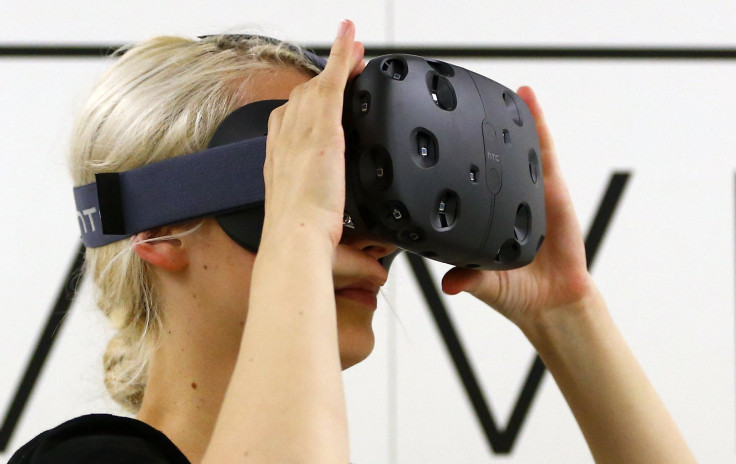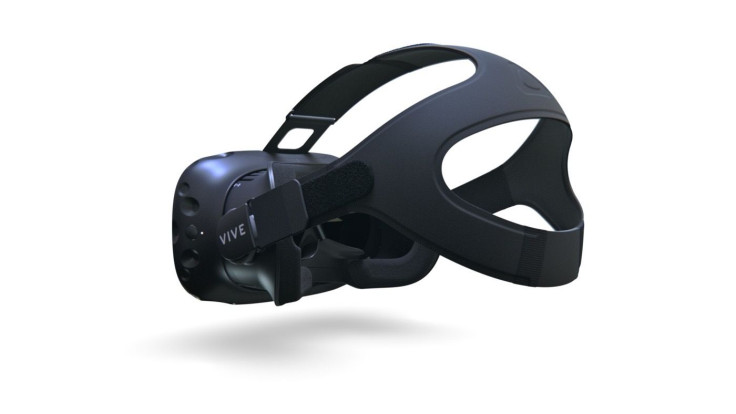HTC Vive VR Headset Will Cost $799 — $200 More Than Oculus Rift

BARCELONA, SPAIN – HTC's Vive headset already had a challenge on its hands to convince virtual reality enthusiasts to buy it over Facebook's Oculus Rift, and that challenge looks a lot tougher now as it has been revealed the Vive will cost $200 more when it goes on sale in April.
HTC officially announced the news at Mobile World Congress with the HTC Vive costing $799 for the headset, two controllers (one for each hand) and two base stations to track the user's movement in the room. The headset, which will go up for pre-order Feb. 29, will also come with two games: "Job Simulator" and "Fantastic Contraption."

HTC says the main difference between the HTC Vive Pre which was shown off at the Consumer Electronics Show in January and the final consumer model is a more ergonomic headset to make it more comfortable to wear. HTC also announced Vive Phone Services which will allow users to answer phone calls and text messages and check calendar entries without having to take the headset off.
Last month, Facebook's Oculus Rift went up for pre-order priced at $599, with units due to begin shipping next month. Oculus co-founder, Palmer Luckey, defended the price of the headset on Twitter, claiming the company is making no money on the hardware, which it had originally hoped to price at $350. However Oculus won't launch its own motion controllers until later in the year and it has not known how much they will cost.

At CES last month, the company showed off the headset's new front-facing camera, which gives you the ability to interact with your physical environment without removing the headset — something the Oculus Rift cannot do.
© Copyright IBTimes 2024. All rights reserved.












